Prolactin: An Overview
Prolactin is a hormone produced by the pituitary gland, which is located at the base of the brain. It plays a key role in the female reproductive system, specifically in lactation and breast development. However, it also has several other functions in both men and women.
Functions of Prolactin
- Lactation: Prolactin is primarily known for its role in stimulating milk production in the mammary glands after childbirth. It works in conjunction with other hormones such as oxytocin to facilitate breastfeeding.
- Reproductive Health: Prolactin is involved in regulating the menstrual cycle and influencing fertility. High levels of prolactin can disrupt ovulation and menstruation in women.
- Immune Regulation: Prolactin has been found to have immunomodulatory effects, potentially influencing immune responses and inflammation.
- Behavioral Effects: Prolactin has been linked to various behaviors, including parenting behavior, sexual behavior, and stress responses.
Regulation of Prolactin Levels
Prolactin levels are regulated by a complex interplay of factors, including the hypothalamus, which produces the hormone prolactin-inhibiting factor (PIF) to inhibit prolactin release, and prolactin-releasing hormone (PRH) to stimulate its release. Other factors such as stress, sleep, and dopamine levels also influence prolactin secretion.
Disorders Related to Prolactin
Imbalances in prolactin levels can lead to various health issues:
- Hyperprolactinemia: This condition involves abnormally high levels of prolactin and can lead to infertility, irregular menstrual periods, and milk production in women who are not pregnant or breastfeeding.
- Hypoprolactinemia: Conversely, low levels of prolactin may be associated with certain reproductive disorders and insufficient milk production in breastfeeding women.
Study Guide
When studying prolactin, it's important to focus on the following key points:
- Understand the role of prolactin in lactation and breast development.
- Learn about the regulatory mechanisms that control prolactin levels.
- Explore the effects of prolactin on reproductive health, immune function, and behavior.
- Identify the disorders associated with abnormal prolactin levels and their potential impact on health.
Additionally, familiarize yourself with the various factors that influence prolactin secretion and the potential treatments for prolactin-related disorders.
.◂Science Worksheets and Study Guides Eighth Grade. Understanding Weather
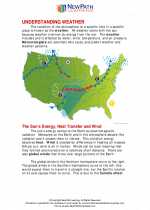
 Activity Lesson
Activity Lesson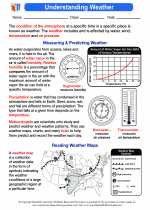
 Worksheet/Answer key
Worksheet/Answer key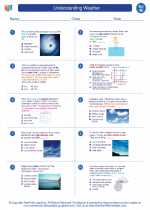
 Worksheet/Answer key
Worksheet/Answer key
 Worksheet/Answer key
Worksheet/Answer key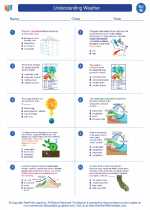
 Worksheet/Answer key
Worksheet/Answer key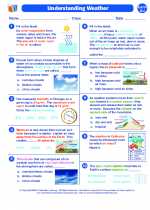
 Vocabulary/Answer key
Vocabulary/Answer key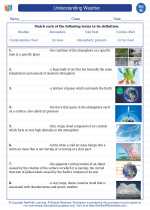
 Vocabulary/Answer key
Vocabulary/Answer key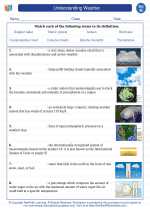
 Vocabulary/Answer key
Vocabulary/Answer key
